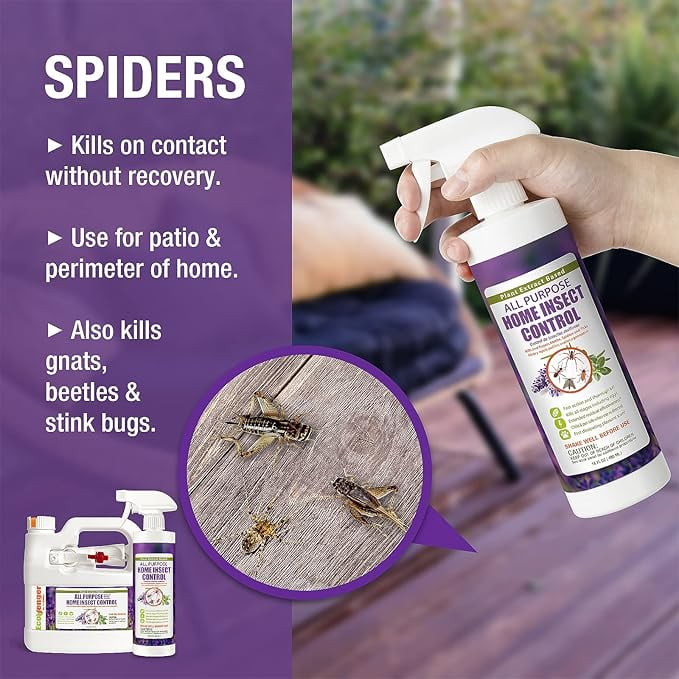Indicators on Pestwise You Should Know
Indicators on Pestwise You Should Know
Blog Article
9 Simple Techniques For Pestwise
Table of ContentsPestwise Things To Know Before You Get ThisThe Only Guide to PestwisePestwise - An OverviewPestwise for BeginnersThe Best Guide To PestwiseThe Best Strategy To Use For PestwiseThings about Pestwise
Q. Define "integrated pest monitoring" (IPM) and listing numerous possible control tactics that may be made use of in an IPM approach. A. Integrated bug management is the integrating of suitable parasite control techniques into a solitary plan to reduce bugs and their damage to an acceptable degree. Insect control strategies might include: host resistance, organic control, social control, mechanical control, hygiene, and chemical (chemical) control.
Getting My Pestwise To Work
What can you do to keep the insects you are attempting to regulate from ending up being immune to the chemicals you use? A. Bug resistance can be reduced by utilizing integrated bug monitoring and rotating the kinds of pesticides made use of.
Parasites are an important threat to the farming business, and integrated insect administration aids farmers address and mitigate these risks. Integrated pest administration makes use of numerous approaches in facility, hence being a more effective service to the issue. Wasp Nest Removal. Particularly, getting rid of hostile chemical techniques enables lessening damage to individuals and the setting by utilizing natural and safer options rather
All about Pestwise
The goal of incorporated bug management is to reduce this harm and control appropriate invasion degrees instead of eliminate all undesired populaces. This is why it is essential to recognize what procedures are justified in each instance and usage aggressive ones just when other incorporated management strategies don't function. Integrated management reduces the adverse repercussions of a non-IPM approach, and the primary advantages of IPM Conveniences of IPM.
A right understanding of the infestation range identifies if the trouble should be attended to. are the following parts of an IPM program because it is necessary to understand if the organisms make possible risks and select the incorporated monitoring choices or the details pesticide use. mean to reduce problems by using various agronomic strategies.
The Only Guide for Pestwise
Integrated administration choices in an IPM program start with safer to more aggressive ones. The prior incorporated administration aspects help comprehend just how to prepare and execute an IPM program step by action: Monitor your plants regularly.

Amongst others, IPM social methods consist of the adhering to field management strategies: soil treatment; choice of ideal plants; crop rotation; interplanting or strip cropping; option of growing days; weed control; use of trap plants. Beneficial soil conditions speed up plant growth, and energetic plants are more resistant to invasions. Healthy and balanced seed startings and seeds predetermine successful crop growth, so it is essential to select pest-free growing product with solid roots.
Therefore, amongst various other applications, plant turning can be efficiently utilized as an incorporated insect monitoring method. Pests spread slower if rows of different crop types separate their host plants in intercropping or strip cropping, which is likewise utilized in the integrated parasite management system. Conversely, infestations enhance when plants of the exact same crop type or household expand with each other.
, as well as tomatoes. Growing trap plants in patches is another option for IPM intercropping. This incorporated insect management method recommends drawing in pests to specific plants and then regulating them with chemical or mechanical methods.
Rumored Buzz on Pestwise
Obstacles are common instances of physical IPM methods. Mature bugs or their eggs and larvae are gathered by hand and damaged.

Department of Plant Sciences. This incorporated monitoring method implies a common method of ruining parasites by killers, parasitoids, virus, and various other organic control representatives (aka antagonistic microorganisms). The duty of organic control in IPM is to.
The Buzz on Pestwise
With time, their population ended up being a real nuisance to farmers along with indigenous kangaroos or dingoes. The cane toad is an additional instance showing integrated organic control failing hereof when it rejected to search the target species and became a parasite itself. Parasitoids establish on or within their hosts to ultimately kill them after developing.
Report this page